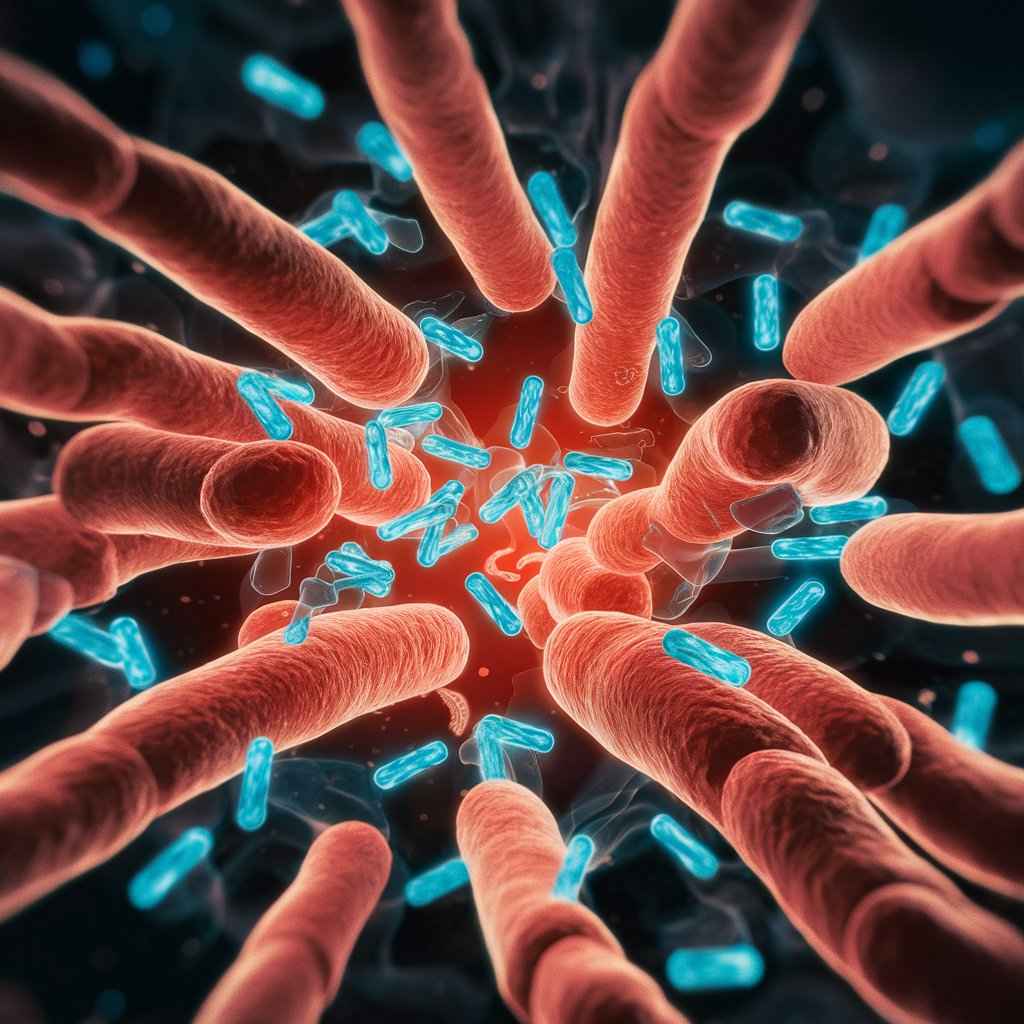Antibiotic resistance occurs when bacteria develop defenses against antibiotics, which are medications used to either kill or stop the growth of the bacteria. The inefficiency of current therapies due to this resistance increases the danger of spreading to others and results in illnesses that persist.
Table of Contents
What is Enterobacteriaceae?
Enterobacteriaceae is a family of Gram-negative, rod-shaped Gammaproteobacteria in the order Enterobacterales of the phylum Pseudomonadota. Although some of these bacteria are harmless to humans and can even lead to serious infections, others are common in the intestines of all animals, including humans.

Numerous infectious diseases, including UTIs, RTIs, BSIs, gastrointestinal infections, wounds, and soft tissue infections are attributed to Antibiotic Resistance Genes in Enterobacteriaceae. β-lactam antibiotics are the first choice for treating infections linked to Enterobacterales. Apart from β-lactams, aminoglycosides, tetracyclines, and colistin are also commonly used when β-lactams are less sensitive.
Mechanisms of Antibiotic Resistance
In Enterobacteriaceae, the acquisition of particular resistance genes is the main mechanism mediating antibiotic resistance. Through horizontal gene transfer processes like conjugation, transformation, and transduction, these genes, which can be found on chromosomes, plasmids, transposons, or integrons, can move between bacteria.
Common Antibiotic Resistance Genes
1. Beta-Lactamases:

- TEM, SHV, and CTX-M: These genes produce the hydrolyzing enzymes for beta-lactam antibiotics, such as cephalosporins and penicillin.
- Extended-Spectrum Beta-Lactamases (ESBLs): These include CTX-M, which has the ability to hydrolyze aztreonam and third-generation cephalosporins.
- Carbapenemases: Enzymes that break down the class of last-resort antibiotics known as carbapenems are produced by genes such as KPC, NDM, VIM, and OXA-48.
2. Aminoglycoside-Modifying Enzymes:
A class of inactivating enzymes known as aminoglycoside-modifying enzymes (AMEs) is responsible for catalyzing the transfer of chemical groups on particular residues of aminoglycoside molecules. Due to this alteration, the medication binds to its target less effectively1. AMEs belong to three primary families:
- N-acetyltransferases (AACs): These enzymes use acetyl-Coenzyme A to acetylate an amino group.
- O-nucleotidyltransferases (ANTs): move an adenyl group from ATP to the antibiotic’s hydroxyl group.
- O-phosphotransferases (APHs): These are enzymes that use ATP to phosphorylate a hydroxyl group.
3. Quinolone Resistance:
- 1.nr genes shield bacterial DNA gyrase and topoisomerase IV from quinolone action.
- Fluoroquinolones and aminoglycosides are altered by aac(6′)-Ib-cr.
- Chromosome resistance to quinolones is caused by mutations in the gyrA and parC genes.
4. Tetracycline Resistance:
- Efflux pumps that remove tetracycline from the bacterial cell are encoded by genes such as tetA, tetB, and tetC.
- The enzymes that break down tetracycline are encoded by tetX.
5. Sulfonamide and Trimethoprim Resistance:
- The genes sul1, sul2, and sul3 encode modified forms of dihydropteroate synthase that are resistant to inhibition by sulfonamides.
- Trimethoprim-resistant dihydrofolate reductase enzymes are encoded by dfrA genes.
6. Colistin Resistance:
Polymyxin E, or colistin, is an antibiotic that is used as a last option to treat Gram-negative bacterial infections that are resistant to multiple drugs, such as those caused by Enterobacteriaceae. But an increasing public health worry is the evolution of colistin resistance. A phosphoethanolamine transferase that alters lipids is encoded by the mcr-1 gene. a part of the bacterial outer membrane that decreases the binding and effectiveness of colistin.
Implications and Challenges
Significant difficulties in treating infections arise from the presence of these resistance genes in Enterobacteriaceae:
- Restricted Treatment Options: A lot of antibiotics that were once considered last-resort therapies are starting to lose their effectiveness.
- Higher Medical Expenses: Medicines that are more costly, more intensive care, and longer hospital stays are frequently needed to treat resistant infections.
- Elevated Mortality Rates: Morbidity and mortality rates may rise in infections brought on by resistant Enterobacteriaceae.
Strategies to Combat Antibiotic Resistance
- Surveillance: Tracking the frequency of resistance genes in isolates from the environment and clinical settings.
- Stewardship Programs: Encourage the prudent administration of antibiotics in medical environments in order to lessen the influence of selection.
- Infection Control: To stop the spread of resistant bacteria, stringent hygiene and infection control procedures must be put in place.
- Research and Development: Promoting the creation of novel antibiotics as well as complementary therapies like immunotherapies and bacteriophages.
- Public Education: Spreading knowledge about the risks associated with antibiotic resistance and the responsible use of antibiotics.
In conclusion: The acquisition and dissemination of resistance genes is the primary cause of the complex issue of antibiotic resistance in Enterobacteriaceae. It will take a concerted effort to address this problem, including ongoing research to create new treatment approaches, infection control, stewardship, and surveillance.
Frequently Asked Questions
What are Enterobacteriaceae?
Enterobacteriaceae is a large family of Gram-negative bacteria that includes numerous important pathogens, including Salmonella spp, Klebsiella pneumoniae, and Escherichia coli. These microorganisms have the potential to infect the bloodstream, intestines, urinary tract, and other body parts.
What is antibiotic resistance?
Antibiotic resistance is the result of bacteria developing defense mechanisms against the effects of antibiotics, which renders conventional treatments useless and results in persistent infections.
Related Articles

